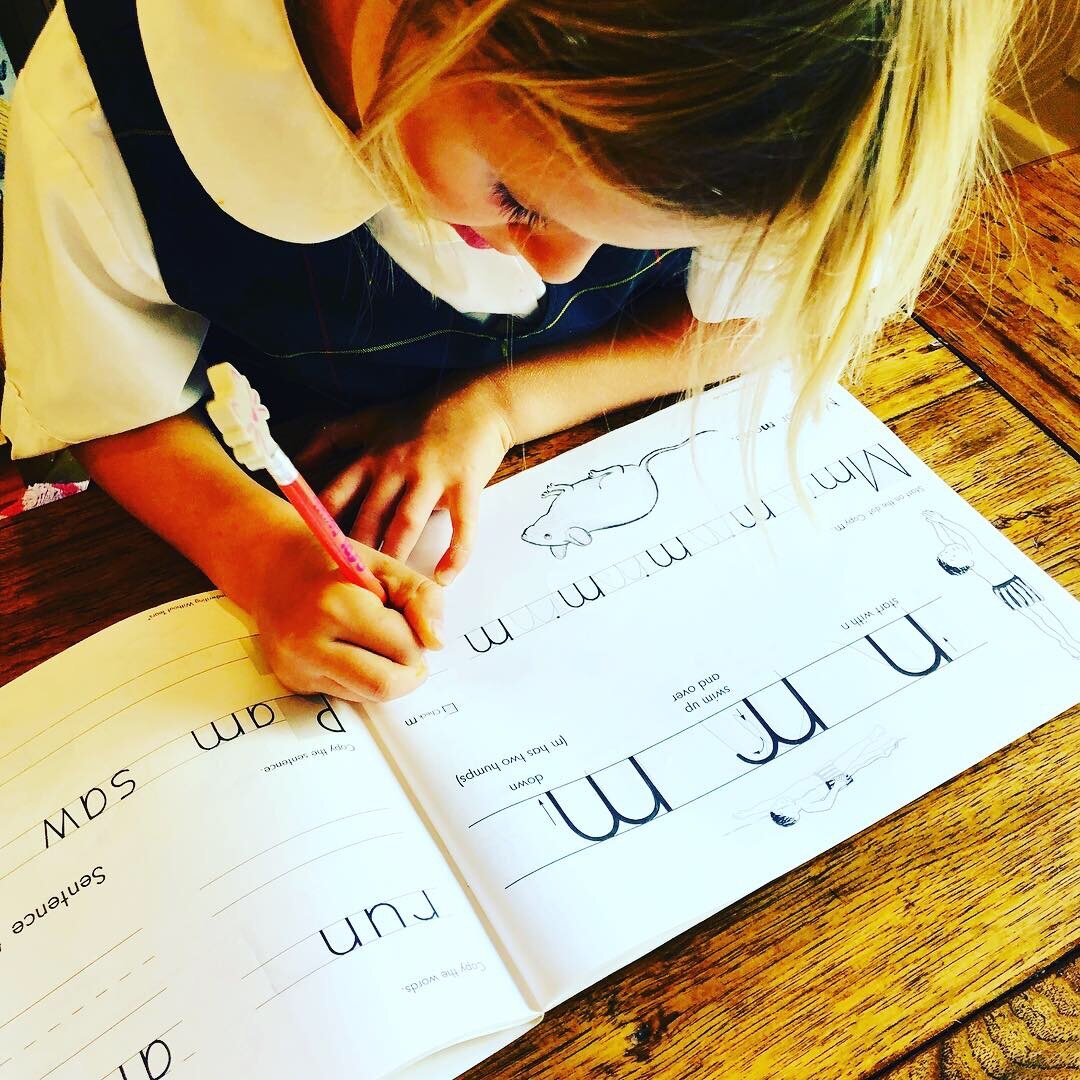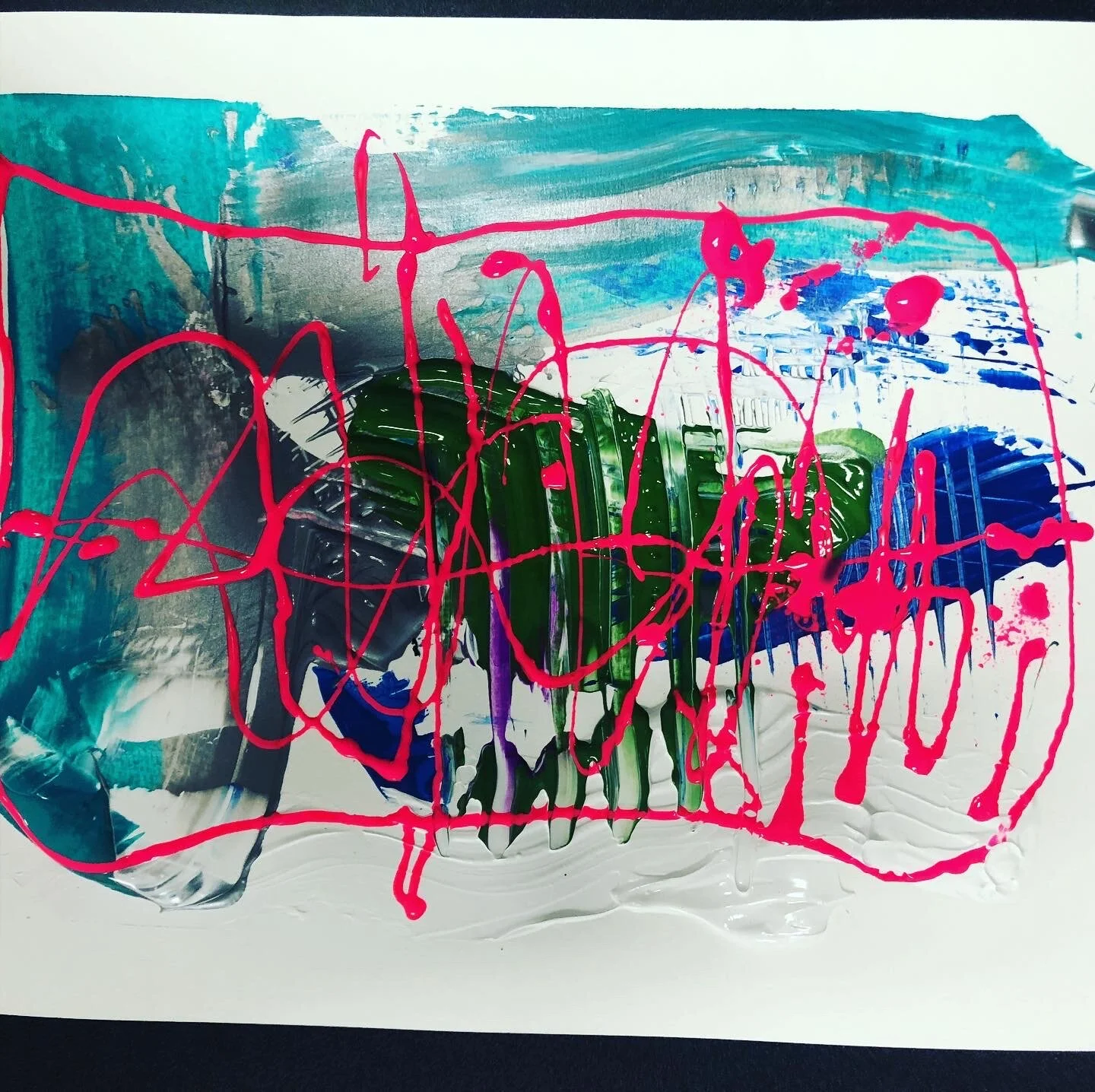When it comes to sensory processing, we all have different preferences for sensory input. There may be times when we seek out sensory input- I write this as I sip my morning coffee. I crave that warm cup of caffeine for my morning ritual or put another way, for my sensory input to help wake up. We may also avoid sensory input. I can no longer tolerate spinning- a very normal thing that happens as we age.
For children, you can see patterns in their sensory processing and whether they seek out or avoid sensory input. For some children this happens more broadly where they may consistently be sensory seekers- the risk takers, feet, hands and elbows in the sensory bin, throwing sand up in the sandbox, shoes and socks off to really feel all the feels! This sensory seeker loves to swing high and fast- “higher!” is a common refrain from the swing set! The sensory avoider might prefer to play on the edge of the sandbox, move away when play areas get too crowded with other children, prefer the play structure to the swings, watch rather than hop on the tire swing, leave their shoes and socks on at the beach. Being one way or the other is not necessarily problematic. When does it become something that warrants more attention?
When a child seeks out and craves sensory input and their body never feels quite “satiated,” some interventions might be needed. This child may have difficulty focusing, taking turns, or attending to teachers in the classroom. This child may always be moving such that it interferes with their ability to learn and socialize with peers. They may be too close to peers, accidentally bumping into them, cannot maintain their place in a line, or has difficulty sitting at carpet time in the classroom or library. You might ask, how does this differ from ADHD? Most often, children with ADHD would have a similar response to stimuli as a child who craves sensory input. The child with ADHD can habituate to the stimulus and respond with cognitive strategies, whereas a child who cannot properly modulate sensory input and is constantly seeking it out, cannot habituate and responds when given sensory strategies.
Occupational therapists can be especially helpful to observe the child and make recommendations on what sensory input can help the child regulate their responses. This involves looking at the task, environment, social emotional context, and what type of sensory input the child is craving.
For the sensory avoider, this child may look like they are mellow, rule followers who sit and attend without attracting much attention to themselves. In reality, these children may be overwhelmed by their environment and struggling to attend because they are focusing on all of the sensory input around them. They may notice the buzz of the fluorescent lights in the classroom, the hum of the air conditioner, the sniffling of the person next to them. You might see the sensory avoidant child withdrawing from groups and standing on the periphery, covering their ears when sounds reach a very high pitch, asking to use the bathroom or get a drink of water frequently. These children are constantly trying to tame the sensory input in our sensory-rich world. They may have strong reactions to slight touch, be extra-sensitive to clothing, temperatures, and textures. Intervention can be helpful, just as it can for the sensory-seeker but to give the child strategies to tolerate sensory input. OTs can help the child’s nervous system habituate to sensory input so that it does not affect their ability to attend or socialize with peers.
Think about your own sensory preferences? Do you crave or avoid sensory input? Has this changed over the course of your life? Observe your child and notice how they seek out or avoid sensory input.
References
James, K., Miller, L.J., Schaaf, R.C., Nielsen, D.M., Schoen, S.A. (2011) Phenotypes within sensory modulation dysfunction. Comprehensive Psychiatry. 52, 715-724. Doi:10.1016/i.comppsych.2010.11.010.
Ochesenbein, Mim. (2018). Is It Sensory Processing Disorder or ADHD? Retrieved from https://www.spdstar.org/node/1114
































